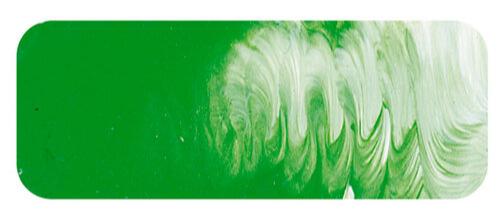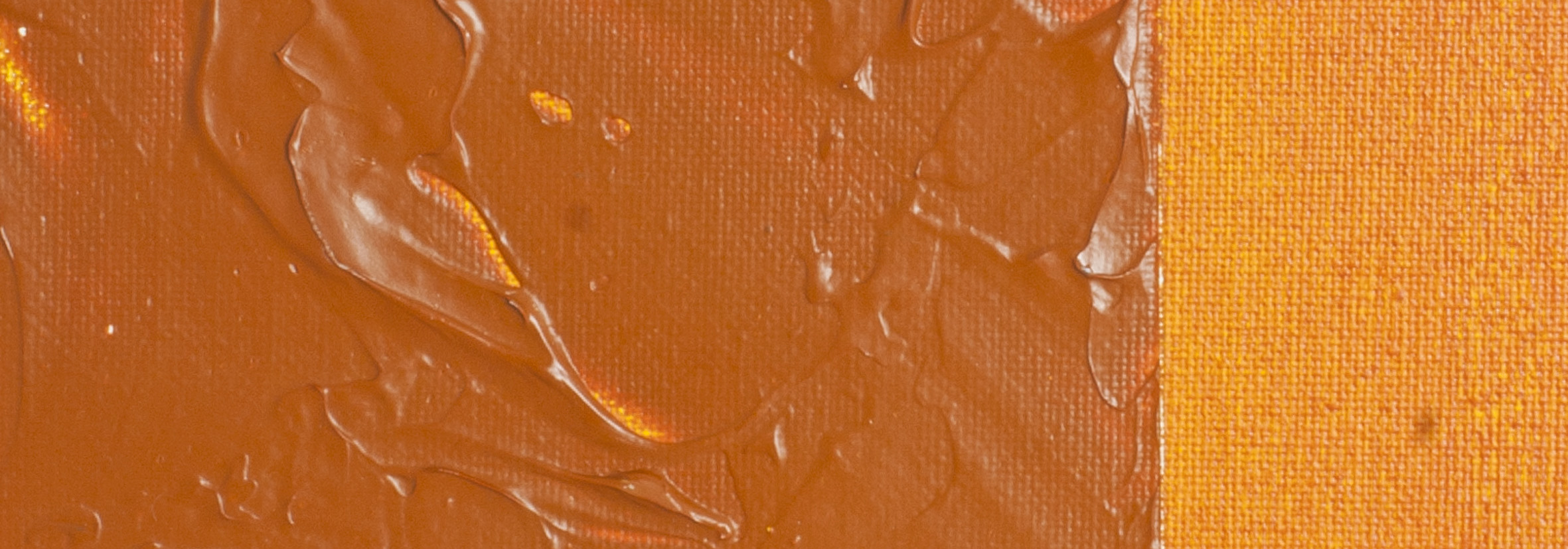Permanent Green Light | Matisse Acrylic Paint
Chemical Description: Blend Diarylide yellow & chlorinated Copper phthalocyanine
Pigment Number: PY3 PG7
Lightfastness Rating: ASTM I
Pigment Opacity: Transparent
Paint Opacity: Semi-transparent
Series 2

Permanent Green Light | Matisse Acrylic Paint
The Emergence of Modern Colours
Permanent Green Light is a chromatic newcomer, born in the 20th century. Such vibrant hues were unattainable before the 19th century, only making their mark in the artist's palette following the Impressionist movement. The pastel drawings of Degas, in particular, catalyzed a renewed interest in pastels as a serious artistic medium. Limited colour options hindered pastels' earlier adoption, with many bright hues being toxic and unsuitable for dry powder application. Degas, drawn to the non-toxic organic colours of his time, propelled pastels into a realm of expanding possibilities.
The Name Game: From Viridian to Phthalo Green
In the 1930s, the term "Permanent Green" found its place in the artistic lexicon, initially associated with Viridian. Later, Phthalo Green took on the moniker, perhaps for marketing reasons, aligning itself with the perceived quality of Viridian. Blends of Phthalo Green and Yellow Light Hansa then adopted the name Permanent Green Light, earning favour among artists. This bright lime green, distinct from the subtle greens of nature, thrives in the human environment, adorning cars, houses, clothing, ceramics, and plastics.
Versatility Unveiled: Painting the Human World
While Permanent Green Light can create earthy olive greens, its forte lies in fashioning the vivid hues prevalent in human surroundings. The palette extends to soft pastel greens using Australian Ghost Gum and slightly brighter apple greens achieved with Naples Yellow Light, Nickel Titanate, or Cadmium Yellow Light. Australian Sienna and Burnt Sienna yield olive greens ideal for foliage, while a fusion with Raw Umber crafts a dark green akin to Hooker's Green. Adding Permanent Green Light to pre-existing Hooker’s Green produces the exquisite Brunswick Green seen in heritage spaces like Sydney's Town Hall Station. Collaboration with Prussian Blue births a deep Hooker's Green, while Southern Ocean Blue introduces delightful turquoise greens. The uniqueness of Permanent Green Light extends beyond its standalone hue, influencing an array of distinctive mixtures.
Safety Data Sheet for Matisse Permanent Green Light (SDS)
To view or download a copy of Permanent Green Light SDS, please CLICK HERE * (271kb)
*The above link will open an external Dropbox window

To install this Web App in your iPhone/iPad press ![]() and then Add to Home Screen.
and then Add to Home Screen.

